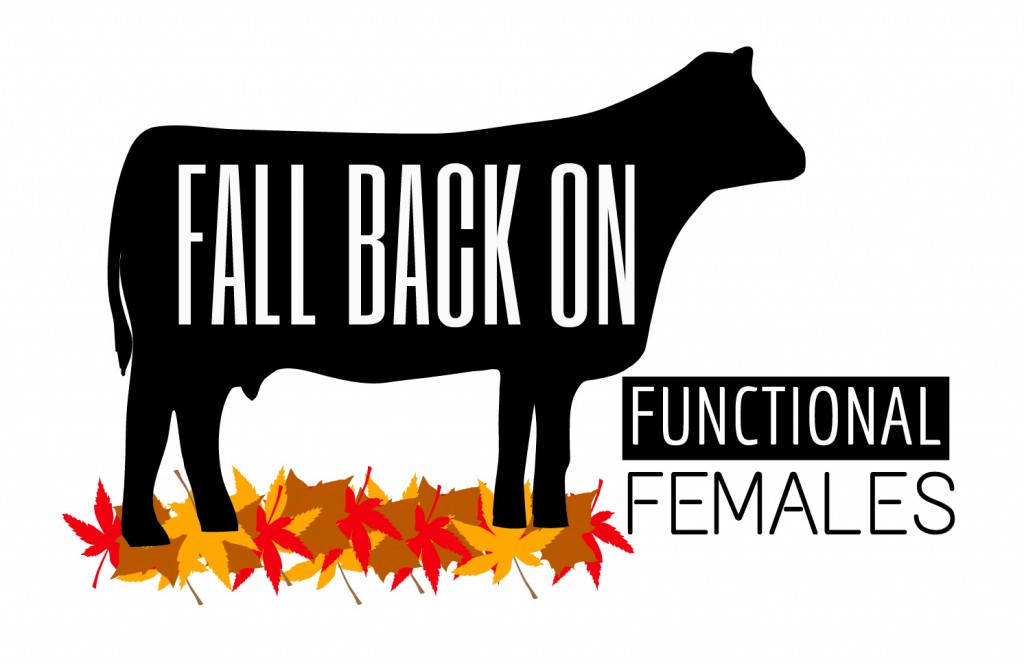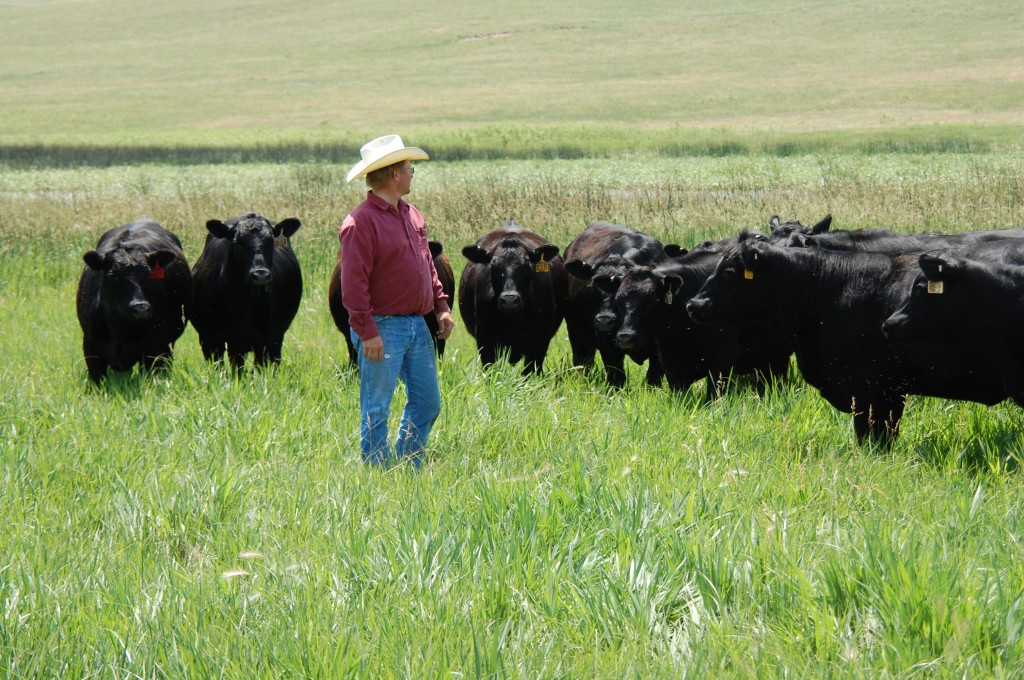Cows come first at Nebraska ranch
 In 2009, Steve visited an operation that puts ladies first year-round.
In 2009, Steve visited an operation that puts ladies first year-round.
“Pay attention to the cows and the rest will fall into place.”
That’s the mantra Harold Johnson lives by on his ranch near Hyannis, Neb.
Johnson runs nearly 300 commercial Angus cows with his wife Teresa and their two children.
“My approach is working with the females first,” he says. Keeping only his own replacements, Johnson explains, “I can’t buy them as good as I can raise. There are too many unknowns.”
That’s especially true considering all he does know on his own herd, from a list of culling criteria to progeny carcass data.
“When I pick my replacements they need to be out of cows that have produced 100% Choice,” he says. Sure, there are exceptions for “a cow that missed one year but it really wasn’t her fault.”
Experience has led to selection of only early-calving females. “I like to pick heifers from cows that have calved within a 30-day window every year,” Johnson says. “If you pick a replacement off the later end of the calves, pretty soon she’s not going to be in the herd.”
The goal is to have them fit seamlessly into the herd’s 60-day calving season. Replacements also must be sired by a moderate-framed bull.
“The first things I’ll look at are grade and carcass weight. I don’t like to get them too big,” Johnson says.

“I’ll run all of them on the computer and then take a print-out to the pasture. That’s my first criteria —the data before the eye appeal,” he says. “I would hope the genetics that produced that good data would pass down to the heifer. I’ve had some awesome looking calves that have been some of my best steers on eye appeal, but when the data comes back from the feedlot, they don’t do as well.”
He’s got high standards, no doubt, but for him it’s the best way to protect the bottom line.
“You’ve got to have a female that can produce because you’re in the business of producing calves. In the end, most of them are going to be eaten so they also have to produce a good carcass,” he says.
To learn more about other cattlemen and women who have found you can have both marbling and maternal function, check out these recaps of the Anderjaska and Marrs families.
You may also like
Marbling, Feet and Fertility: Are they related?
The Angus breed has enough genetic diversity to allow breeders, and their commercial bull customers, to make progress across multiple traits simultaneously. One bloodline may be high in marbling but does not check the boxes you need for other traits. That does not mean marbling is the cause—it simply means your search for the ideal genetic pairing is not done.
Customer First Mentality
When potential buyers fill the Connealy Angus sale barn, they’re not just there for the genetics but the customer service guarantee. For getting that and a lot more right, Connealy Angus was recognized with the 2024 Certified Angus Beef Seedstock Commitment to Excellence award.
Humble Growth
Customers from around the world file into the Shamrock Shack beside their sale ring each spring and fall. They’re not just buying into Connealy cattle, but the customer-service guarantee. For getting that and a lot more right, Connealy Angus was recognized with the 2024 Seedstock Commitment to Excellence award.



